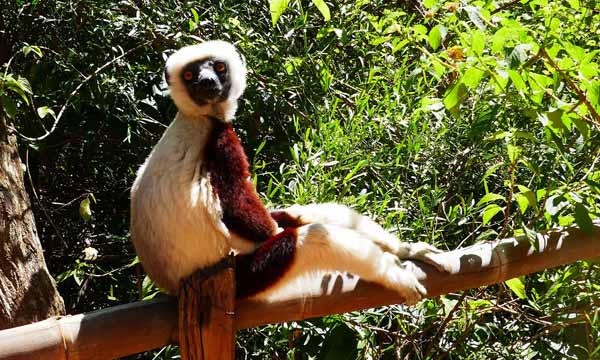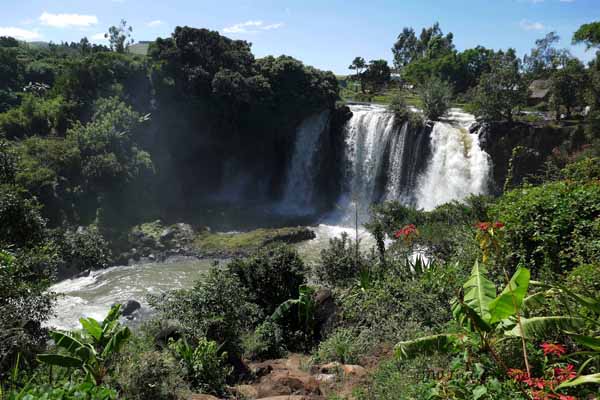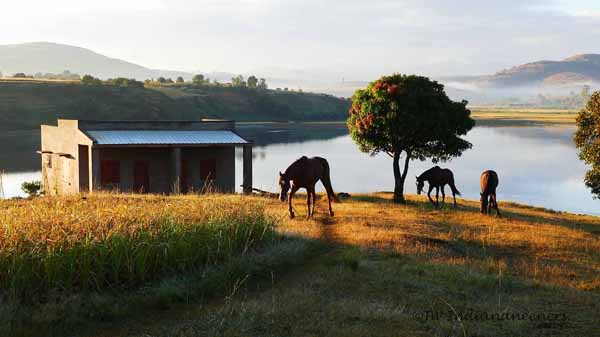Horseback Riding in Madagascar: The Land that Time Forgot
Janine Whyte shares her transformative experience exploring Madagascar on horseback with equestrian safari outfit, Faka Ranch.
In 2005 animation giant DreamWorks unleashed Alex the lion, Marty the zebra, Melman the giraffe, Gloria the hippo, and the infamous ring-tailed lemur King Julien onto the world. Madagascar became a household name overnight, a lush paradise of dancing lemurs and scheming penguins frolicking to the heavy beat of “I like to move it, move it.” For many, this would be their first introduction to the Red Island of Madagascar, possibly the first time they’d even heard of such an island.
For evolutionary boffins, wildlife aficionados, and David Attenborough fans, Madagascar has long held respect, fascination and intrigue--with over 80% of its wildlife population found nowhere else in the world. Love it or hate it, the animated franchise of Madagascar brought the island to the mainstream world of pop-culture. Children all over the world chanted its name and became familiar with Madagascar’s most famous residents, the lemurs, while the power of media shone its bright light on the fourth largest island in the world and brought it into the mainstream.
King Julien, a ring-tailed lemur! Photo courtesy Janine Whyte.
“This is the story of what happens when a set of animals and plants are cast away on an island for millions of years. This is how this curious wonderland came into being” -David Attenborough.
The dulcet tones of Attenborough drew me into a hypnotic trance as I became enthralled into the world of “Madagascar.” The Red Island, the Rainbow Island, the Eighth Continent--there are many names for this land of remarkable and unique flora and fauna, epic landscapes of incredible diversity, and intense array of kaleidoscopic nature. Madagascar is the land of the lemur, the land that time forgot, and a land that I could not wait to explore on horseback!
Enjoying the horses and scenery in paradise. Photo courtesy Janine Whyte.
Exploring the Volcanic Midwest and East Coast of Madagascar on Horseback
I first visited Madagascar in July 2016 to partake in the Volcanoes, Rainforest and Coast Ride. Unknown to me at the time, this island would grasp hold of my heart and seep into my soul. While visiting this country, you do not only take a step back in time–– you take a giant leap! Zebu carts trundle down the sandy village roads, interspersed sporadically by the low murmuring hum of a motorcycle. Farm work is done by scythe and shovel, while the plow is pulled not by a tractor, but the humble zebu; even the rice fields are tilled by hand.
Primitive as it may appear, Madagascar is a land full of hidden charm and surprises--with tapestries of landscapes so rich and vivid in color, one would imagine they are viewing the world through a rainbow shroud. It's a place where mineral springs (that bathe and soothe tired muscles) erupt from rich red soils, a blanket of twinkling stars dots the inky black night skies, and the crashing of the mighty waves of the Indian Ocean lulls you to sleep.
My favorite camping spot--at the spa! Photo courtesy Janine Whyte.
Horseback is the perfect way to travel Madagascar and perfectly demonstrates the diversity of landscapes on the island. Over the 16 days, we emerged from the hustle and bustle of Tana to the quiet rural villages of the Volcanic Highlands. As our horses carefully meandered along the dusty red roads and picked their way meticulously through the black volcanic rock, hoards of excited children waved and screamed in delight at the rare sight of the horses.
Beaming smiles and friendly waves extended from village to village--the word quickly passing that the “chevalier” were coming!! At one point we even stopped a village football tournament, when all the spectators turned their backs to gaze in wonder upon the horses!
Views over the rice fields of Lake Itasy. Photo courtesy Janine Whyte.
While riding in the volcanic midwest, we were totally immersed in the life of those around us--farmers busy at work in emerald green rice fields, who straightened from their stooped stances and unfurled their gnarled hands to wave greetings, or women busy doing chores that dotted the landscape with brightly coloured clothes, as the washings lay drying in the midday sun. Stopping at a local market for some rich, dark coffee, we became part of village life.
All the time, Madagascar’s true wealth followed us--children smiled, waved, and sang, flanking us from the highlands into the lush green rainforests and onto the crashing waves of the Indian Ocean. There, we enjoyed long canters along sandy tree-lined tracks, sandwiched between the waves of the ocean and the calm waters of the Canal des Pangalanes until we reached the “end of the world.”
Meet Madagascar’s Most Famous Residents
Just hanging out at Lemur Park! Photo courtesy Janine Whyte.
Of course, no visit to Madagascar would be complete without spending time with its famous residents, the lemurs!! Located 25 kilometers from the center of Antananarivo (heading west towards Faka Ranch) is the Lemur Park. As observation of these amazing mammals in the wild is becoming increasingly scarce due to deforestation, the Lemur Park was created to enable passionate wildlife enthusiasts to discover these incredible animals.
The park also acts as a valuable conservation measure: over the years, lemurs born in the park will be re-introduced into their natural environment, thus increasing lemur populations throughout the country once again. We strolled languidly through the five-hectare botanical park to stretch our legs and enjoy a break before we met our horses at Faka Ranch. We acquainted ourselves with the nine different species of lemur from all over the island and enlightened our minds about the endemic flora from the various regions of Madagascar.
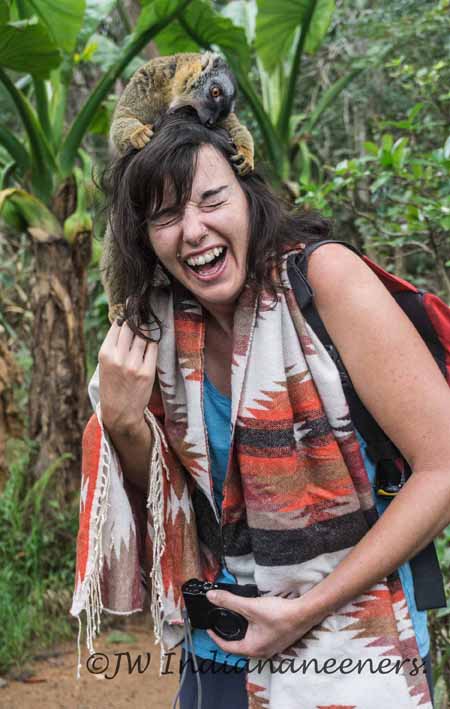
Getting up close and personal with the lemurs. Photo by Janine Whyte.
A second opportunity to visit the lemurs arose as we completed the Volcanic Highlands section of the trip and made our way east towards the coast. Lemur Island is a private reserve located on the grounds of Vakona Lodge in Andasibe and is home to four species of Lemur: the bamboo lemur, black and white ruffed lemur, brown lemur, and the diademed sifaka. The experience at Lemur Island was vastly different because the animals here are tame and used to human contact. They will jump on you, hitch a ride on your shoulder, give you a little head massage--and in my case, try to eat you! Personally, I always have mixed feelings about these interactions with wild animals. Is it ethically correct for humans to entice wild animals with food for our pleasure?
The lemurs that reside at Lemur Island are all rescued animals--a vast majority of them had been kept as pets and would not be able to survive in the wild, as they are domesticated to some degree. In this context, I reckon these guys have a pretty good thing going. Jump on some tourists, cuddle them or scare them, pose for a few pictures, get fed delicious bananas and remain safe from predators and poachers, all while chilling out on a beautiful leafy green island, luscious and full of succulent vegetation.
A Second Chance at Life for the Horses of Faka Ranch
The horse riding adventure in Madagascar is a true labor of love, which is what I found incredibly special. The opportunity to discover this amazing country on horseback was born out of one man's vision, dreams, and passion--as well as a love for horses and his country, and the desire to make it better. Madagascar is not a country with a strong horse culture. In fact, there are only 350 horses in Madagascar and Andre owns approximately 50 of them, a mixture of locally bred Malagasy Horses and Thoroughbreds.
Neighboring island Mauritius has an enormous horse racing culture and imports a vast population of racehorses from South Africa to feed its nations habit. Every Saturday, swarms of people descend onto Port Louis, the island's capital to partake in the "sport of kings," of which I believe there is nothing noble. Unfortunately, not all of these horses will be successful on the track, and some may never make it to the track.
Sweep Forward came to Mauritius to have a second chance at life as a safari horse. Photo courtesy Janine Whyte.
In the brutal world of horseracing, these noble animals would have surely been slaughtered for not winning--but instead, have been given a second chance at life in Madagascar, where they valiantly carried us safely on our journey (after a period of re-training). Many of these horses exhibited immense gratitude for the opportunity of a second chance at life, a gift granted to them due to Andre's passion and dream.
This is a gift they clearly appreciate, as not once did they balk (as one would think Thoroughbreds would while meandering through rural villages to an array of noises and stimulation–– singing, laughing children, chickens squawking, pigs squealing, homemade engines and generators backfiring, dogs barking, and motorbikes zooming by). Incredible, considering I’ve seen some of the bravest hunters balk at the sight of a plastic bag! I’ll talk more about these special horses later.
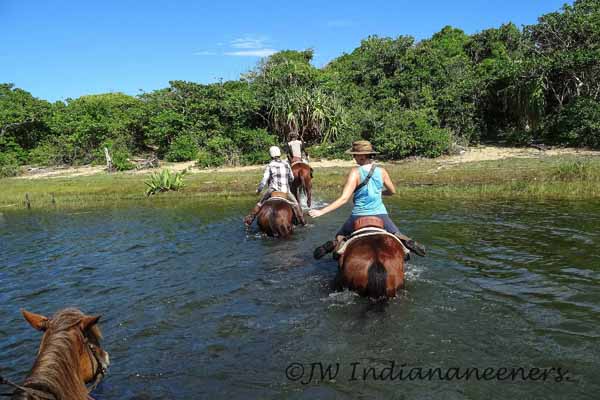
Taking a quick dip on the East Coast with the safari horses. Photo courtesy Janine Whyte.
One of the World’s Poorest Countries
The horses not only provide an interesting sight as they glide through the villages, but they also provide a valuable and much-needed employment opportunity for many members of the local community. Madagascar is one of the poorest countries in the world. Lack of education and infrastructure make it seem almost hopeless at times, and poverty is everywhere, yet there is joy radiating out of every pore. Riding through the countryside, I witnessed incredible community spirit; everybody helps one another with what little they have, something that is lost in our Western “civilization." It’s an incredibly humbling experience and gave me much food for thought.
Lily Falls, Madagascar. Photo courtesy Janine Whyte.
Innovation is everywhere--I’ve traveled through many countries in Africa, but only in Madagascar have I witnessed such widespread use of solar energy. Nearly every rural village we passed through, portable solar panels were proudly displayed outside homes. In a country with such primitive infrastructure and a severe lack of electrical power, people are using the natural energy of the one thing that is constant–– the sun! Visiting Lily Falls, you will find guys standing at the lookout point offering souvenir photographs and using the power of the sun to print them for you. The nearby village of Antafofo uses the surge of the waterfall to power its own water mill, providing free electricity to the village–– incredible and inspiring!
The Beauty of Madagascar
Madagascar may not have many luxurious five-star hotels, but it has so much more. Imagine falling asleep under a blanket of twinkling stars, the full moon bathing the Earth in a ghostly glow, the waves of the Indian Ocean crashing rhythmically against the golden grains of sand--lulling you into tranquillity and calm. Imagine bathing in mineral-rich waters, having your body scrubbed with the earth’s nutrient-rich mud, and having your aching muscles massaged before falling asleep to the sound of the river trickling below and the horses nickering softly in the distance.
Imagine peeling open your tent to gaze upon the rising sun spraying ruby reds and golden yellows across the sky, while fishermen paddle their pirogues seamlessly across the lake, casting their nets silently to catch the fruits that lie beneath. Imagine trundling down a potholed rocky track and turning a corner to find a hidden gem of thatched bungalows with marbled bathrooms and starched white sheets, the heavy incense of perfumed petals wafting through the night sky.
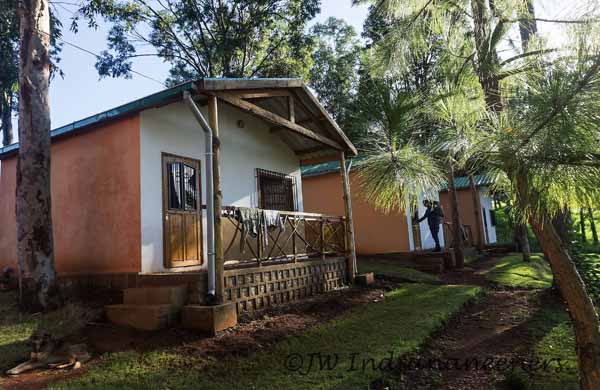
At home at Faka Ranch. Photo courtesy Janine Whyte.
I’ve traveled extensively around our beautiful world, and not once have I ever returned to the same place twice. The world is big and I want to explore and experience as much as I can of it. But in April 2017, I returned to Madagascar--a testament to how special this country is. Returning to a place one always has expectations and memories and looking with fresh eyes is not an option.
A warm Tonga Soa greeted me as I returned to the "land before time", a land that kept a grip on my heart and beckoned me back. The recent wet season had peppered the landscape in a carpet of velvety green lushness. Thankfully, it was the only difference I encountered on my return. Madagascar remained a country lost in time--the humble zebu is still the most prized possession, providing food, workforce and a means of transport. Hands were still the most important tools of manual labor and, once again, warm smiles and waves were emitted from an entourage of children who dutifully followed the "chevalier," once again, while squeals of excitement alerted the neighboring villages to our arrival.
A tent with a view at Faka Ranch in Madagascar. Photo courtesy Janine Whyte.
Once again I was captivated by Madagascar's magic, and again it surpassed my expectations. It still pulled and tugged on my heartstrings, and perhaps it will call me to return yet again. Riding with the team in Madagascar, you feel part of something incredibly special with surprises around every corner. Step back in time, embrace the simplicity, and let Madagascar tug on your heart, as it has mine.
.jpg)
The wonderful team at Faka Ranch. Taken on our last day. Photo courtesy Janine Whyte.
AFRICA SMILED
"Africa smiled a little when you left.
'We know you,' Africa said,
'We have seen and watched you.
We can learn to live without you,
But we know
We needn’t yet.'
And Africa smiled a little
When you left.
'You cannot leave Africa,' Africa said.
'It is always with you,
There inside your head.
Our rivers run in currents
In the swirl of your thumbprints;
Our drumbeats
Counting out your pulse,
Our coastline,
The silhouette of your soul.'
So Africa smiled a little
When you left.
'We are in you,' Africa said.
'You have not left us, yet."
-a poem by Bridget Dore.
Volcanic Midwest and East Coast, Madagascar. July 2016 and April 2017.
About the Author: Janine Whyte (Globetrotting Cowgirl), first got bitten by the travel bug in 2007 while backpacking around the world on a sabbatical year from work. In 2009, she stumbled across the world of equi-tourism and discovered that she could combine her two greatest passions in life--horses and travel. Since her first horseback safari in Botswana in May 2009, Janine has traveled off the beaten track and on four hooves in over 20 countries--enjoying many adventures such as traversing the mighty Andes mountain range and crossing the oldest desert in the world. You can read more about her travels and follow her adventures on her blog site http://www.indiananeenersglobetrottingcowgirl.com. Follow her on social media: Facebook and Instagram.
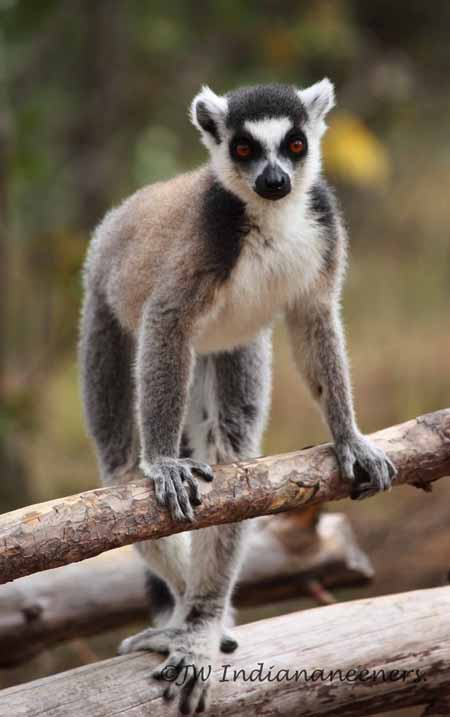
.JPG)

.JPG)
